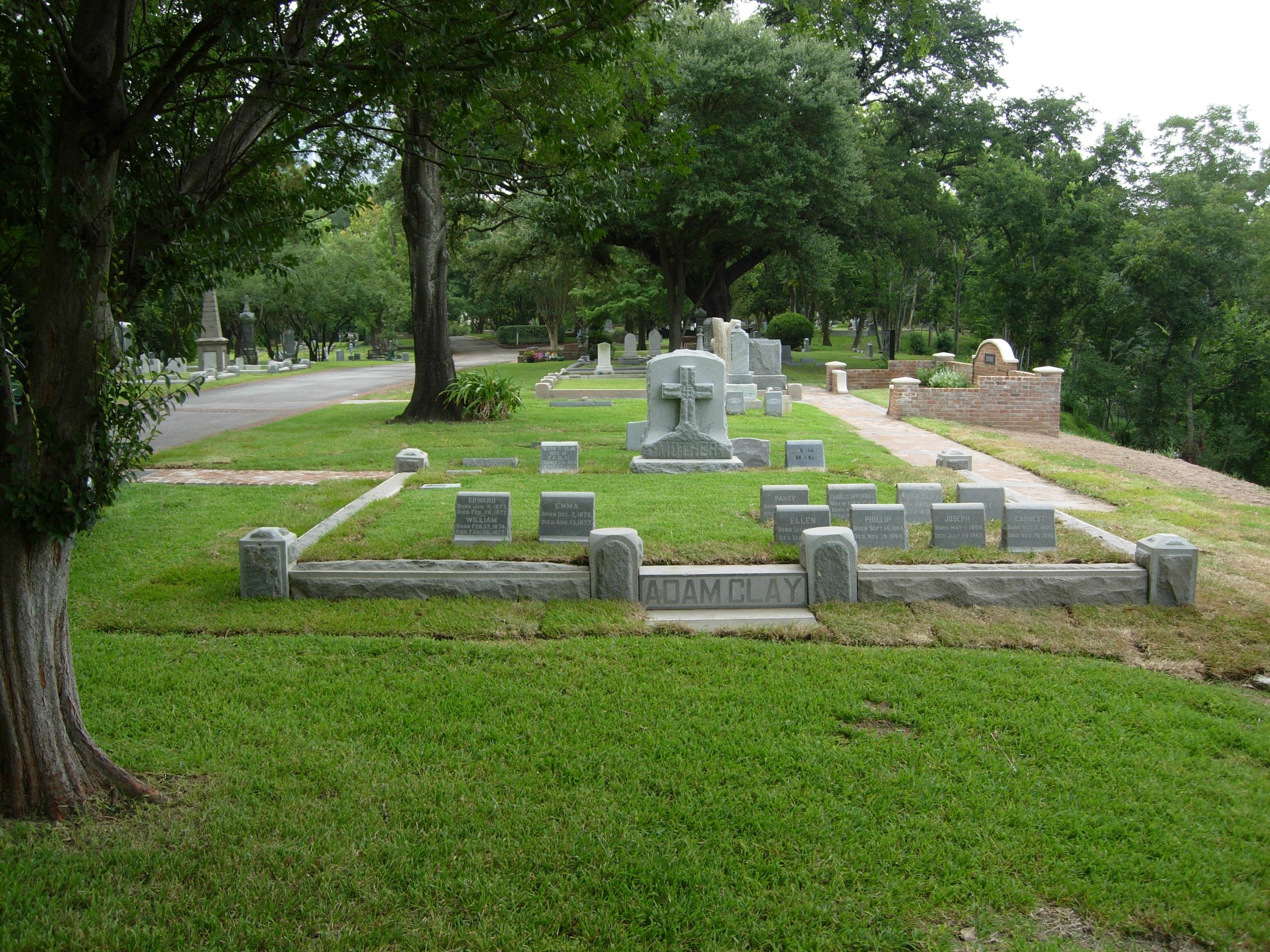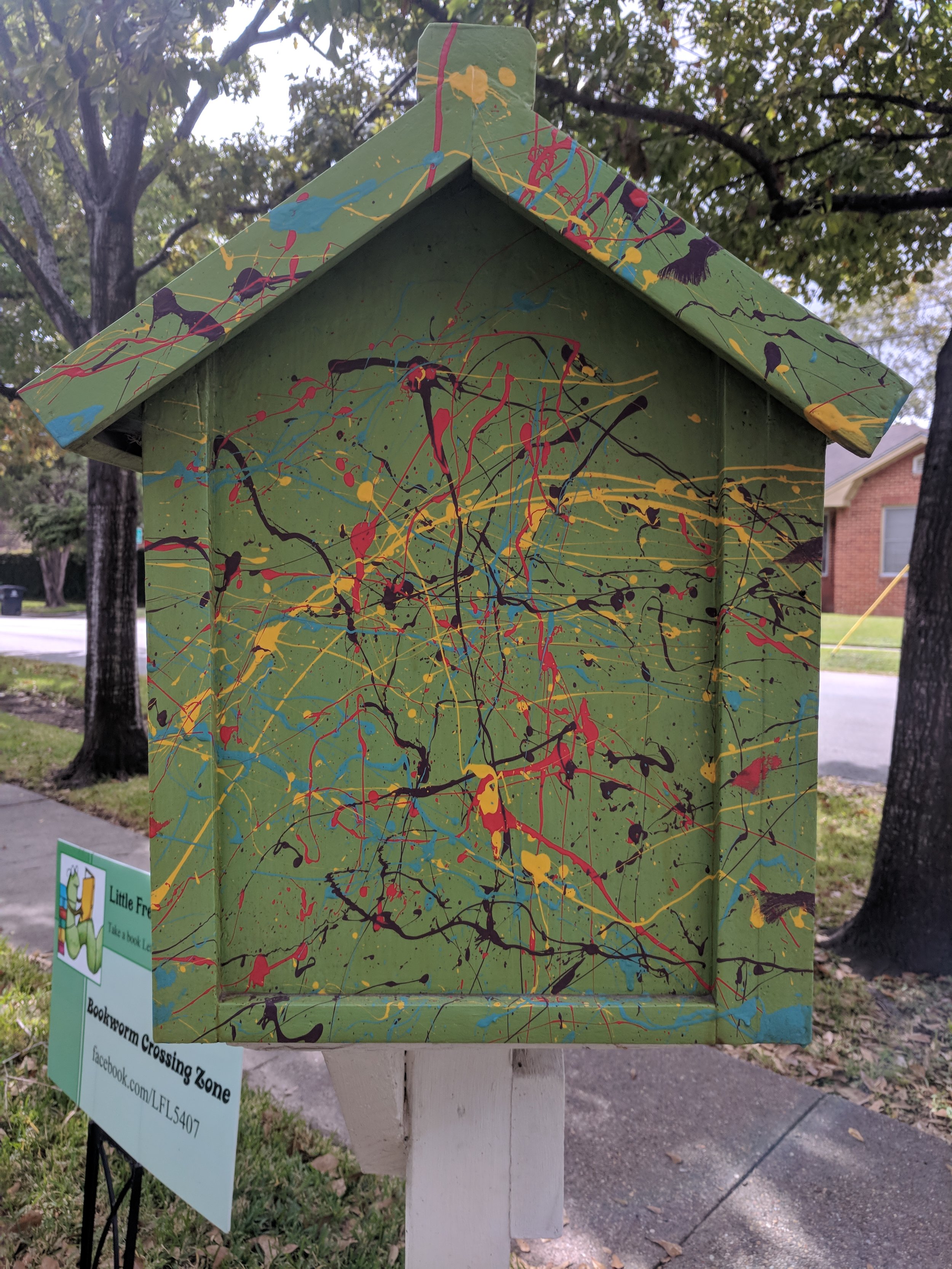By Estella Espinosa
Recently, as we were considering sites to relocate the Woodland Heights Historical Marker in Travis Elementary's playground area, we received an email from a neighbor, offering the site in front of his home as a potential site. While the marker had already been relocated by then, we appreciated his offer as his home was the site of one corner of what used to be the entrance gate to Woodland Heights. At the same time, his suggestion sparked the idea of a continuing storyline about the history of the Woodland Heights neighborhood. To start that line off, we'll begin with the gates, which used to be the entrance to the neighborhood.
First, a little background, in 1907, the William A. Wilson Realty Company created a new "streetcar suburb" in Houston called Woodland Heights. They offered 600 lots for sale, ranging in price from $300 to $750, complete with many amenities, including piped water, sewers, graded streets and sidewalks, and green space planted with shrubs, oaks, and sycamores.
Mr. Wilson added entry gate piers at the Houston Avenue and Bayland intersection, right where the Houston Electric Company's streetcar terminated before returning to downtown. The gates framed the entrance to Woodland Heights on what was then and is today one of the subdivision's premier streets.
The neighborhood began to fall into disarray in the sixties, and the original deed restrictions lapsed during this time. However, in 1988, legislators passed a state law that allowed homeowners to reactivate lapsed deed restrictions and determined neighbors took advantage of this opportunity to reactivate their lapsed deed restrictions (which include things like Minimum Building Line (MBL) ordinances, which regulate front setback, and lot size ordinances In 2011, the Woodland Heights Historic District was approved by the City of Houston, its footprint is slightly different from the Woodland Heights neighborhood boundaries.
Over one hundred years later, while the entrance gates have long gone, many of the original Wilson homes, some now over 100 years old, offer their spacious porches, proximity to downtown, and abundant green spaces that made this "streetcar suburb" attractive to the first residents are still offering up the charm to today's residents who chose to live in Woodland Heights this 'small town near downtown since 1907' that so many chose to live in.
For preservationists, architectural enthusiasts, and homeowners who enjoy these old homes, this is an added bonus to living in the Woodland Heights.
































